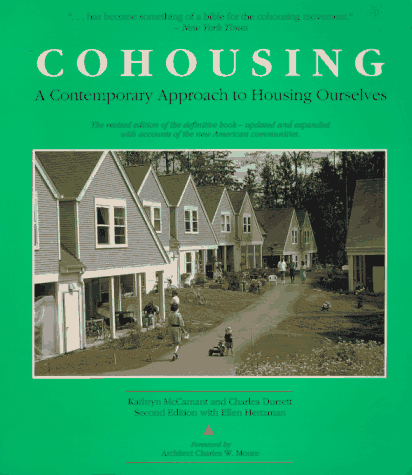 article
explains it this way: "If you haven’t yet heard of 'cohousing,' you soon
will. The media is starting to pick up on this cultural development as it grows
exponentially."
article
explains it this way: "If you haven’t yet heard of 'cohousing,' you soon
will. The media is starting to pick up on this cultural development as it grows
exponentially."Cohousing -- God's Ideal Capitalist Communities
What is Cohousing? One  article
explains it this way: "If you haven’t yet heard of 'cohousing,' you soon
will. The media is starting to pick up on this cultural development as it grows
exponentially."
article
explains it this way: "If you haven’t yet heard of 'cohousing,' you soon
will. The media is starting to pick up on this cultural development as it grows
exponentially."
Cohousing satisfies the need for "both the desire for privacy and the yearning for a greater sense of community. You own your own home in a cohousing development, but residents participate in a number of communal activities, such as a weekly dinner. Parking is restricted beyond a specific perimeter, so children may safely play. Oftentimes, families live next door to retired folks, so acquiring babysitting services is easy."
"In a way, cohousing is a recreation of European-style village life. In fact, it originated on the continent, in Denmark. It came across the Atlantic in 1988. Since then, 28 cohousing projects have been built. One hundred and fifty are on the way, so it’s clear that many people are attracted to that way of life."
"People own their own homes, and earn their own incomes. There aren’t group dwellings and there isn’t income redistribution."
"Those are fairly significant differences from the hippie communes formed in
the 1960s.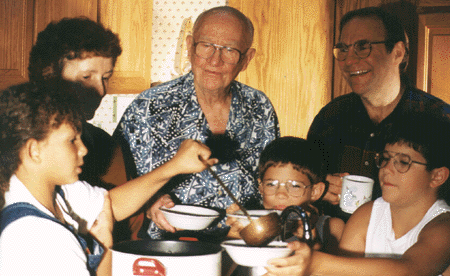 Cohousing seems to be
providing the way of life the counterculture yearned for, but with a twist—it uses
the tools of capitalism."
Cohousing seems to be
providing the way of life the counterculture yearned for, but with a twist—it uses
the tools of capitalism."
At the website www.cohousing.com a cohousing community has a website. They are the Pioneer Valley Cohousing Community in Amherst, Massachusettes. They write, "What is Cohousing"
"Cohousing is a Danish concept that came to the United States in the late 1980s and is quickly gaining momentum across the country. Members own individual homes and maintain their privacy and autonomy while sharing meals, activities, facilities and, most important, a community spirit."
"Physical Layout"
"Homes are clustered on about six acres of the site and oriented around a pedestrian walkway. Standard designs were developed, but all units were customized, to some extent. There are eight detached homes, nine duplexes, and two triplexes. The 4500-square-foot common house includes a kitchen, dining room, living room, sitting room, library, children's room, and two guest rooms. There is also a large, unfinished basement with a laundry room, a food pantry, and some storage space, as well as an area geared for older children. Four member households financed a home office building across the green from the common house. A 1600-square-foot annex, with space for crafts, woodworking, and equipment storage space, was built by and for members of the community."
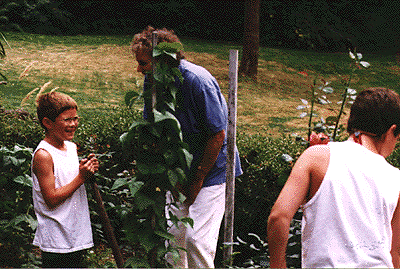 "Community Meals"
"Community Meals"
"Meals are prepared and served by the community every Monday and Wednesday evening. Planning and preparation are done by neighborhood teams. Each team is responsible for two meals every five weeks. There are dinner "clubs" on Tuesday and Thursday evenings, with regular members taking turns as chef, and occasional weekend brunches and potlucks."
"Half to three-quarters of our members dine at regular meals, and there are frequent guests, as well. Whenever possible, meals are planned around the produce from our organic garden."
The website defines it this way:
"Cohousing is the name of a type of collaborative housing that attempts to overcome the alienation of modern subdivisions in which no-one knows their neighbors, and there is no sense of community. It is characterized by private dwellings with their own kitchen, living-dining room etc, but also extensive common facilities. The common building may include a large dining room, kitchen, lounges, meeting rooms, recreation facilities, library, workshops, childcare."
"Usually, cohousing communities are designed and managed by the residents, and
are intentional neighborhoods: the people are consciously committed to living as a
community; the physical design itself encourages that and facilitates social contact. The
typical 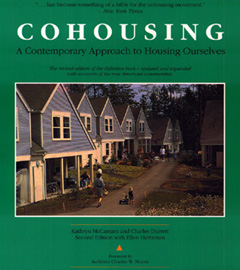 cohousing community has 20 to 30 single
family homes along a pedestrian street or clustered around a courtyard. Residents of
cohousing communities often have several optional group meals in the common building each
week."
cohousing community has 20 to 30 single
family homes along a pedestrian street or clustered around a courtyard. Residents of
cohousing communities often have several optional group meals in the common building each
week."
"This type of housing began in Denmark in the late 1960s, and spread to North
America in the late 1980s. There are now more than a hundred cohousing communities
completed or in development across the United States."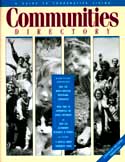
The webstie www.cohousing.org lists all the cohousing in america and parts of the world. Many have their own website and some give pictures of their communities. Also listed are groups in cities that are trying to form a community. One of the best websites for community is the Intentional Communities site at: www.ic.org. It lists many communities around the world and has some great information on the philosophy of community.
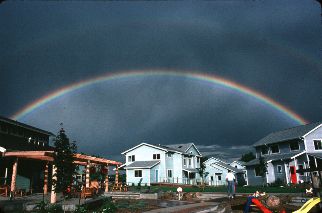
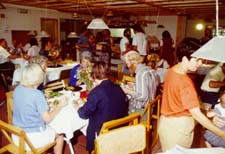
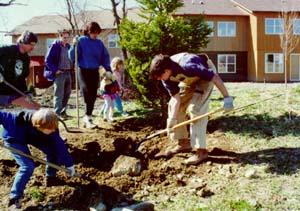
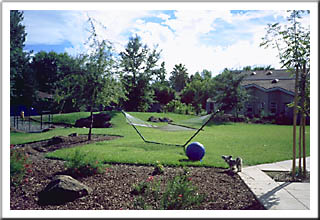
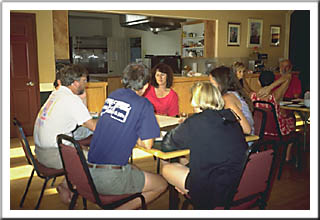
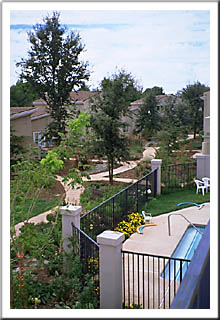
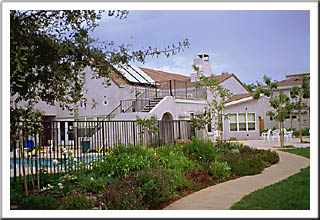
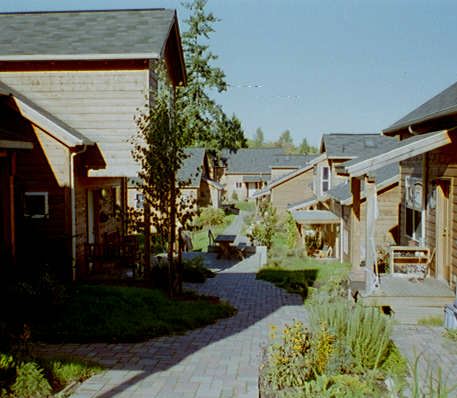
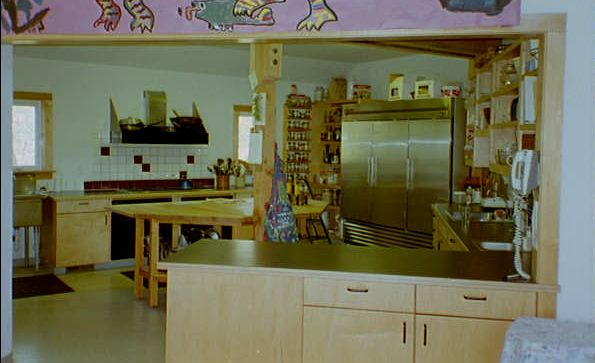
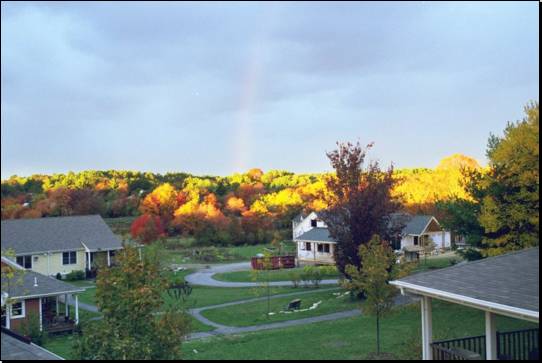
![]()
